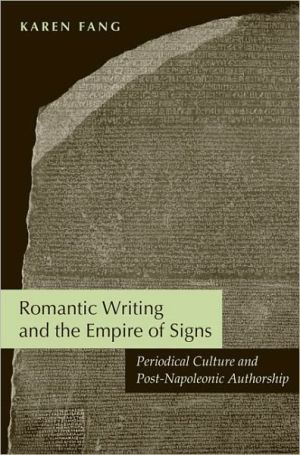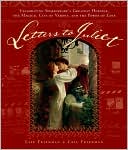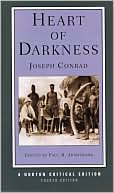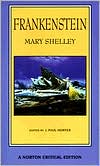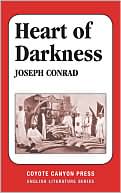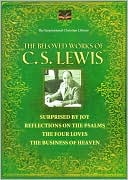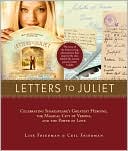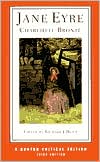Romantic Writing and the Empire of Signs: Periodical Culture and Post-Napoleonic Authorship
Nineteenth-century periodicals frequently compared themselves to the imperial powers then dissecting the globe, and this interest in imperialism can be seen in the exotic motifs that surfaced in works by such late Romantic authors as John Keats, Charles Lamb, James Hogg, Letitia Landon, and Lord Byron. Karen Fang explores the collaboration of these authors with periodical magazines to show how an interdependent relationship between these visual themes and rhetorical style enabled these...
Search in google:
Nineteenth-century periodicals frequently compared themselves to the imperial powers then dissecting the globe, and this interest in imperialism can be seen in the exotic motifs that surfaced in works by such late Romantic authors as John Keats, Charles Lamb, James Hogg, Letitia Landon, and Lord Byron. Karen Fang explores the collaboration of these authors with periodical magazines to show how an interdependent relationship between these visual themes and rhetorical style enabled these authors to model their writing on the imperial project.Fang argues that in the decades after Waterloo late Romantic authors used imperial culture to capitalize on the contemporary explosion of periodical magazines. This boom of "post-Napoleonic" writing—often referencing exotic locales—both revises longstanding notions about literary orientalism and reveals a remarkable synthesis of Romantic idealism with contemporary cultural materialism that heretofore has not been explored. Indeed, in interlocking case studies that span the reach of British conquest, ranging from Greece, China, and Egypt to Italy and Tahiti, Fang challenges a major convention of periodical publication. While periodicals are usually thought to be defined by time, this account of the geographic attention exerted by late Romantic authors shows them to be equally concerned with space.With its exploration of magazines and imperialism as a context for Romantic writing, culture, and aesthetics, this book will appeal not only to scholars of book history and reading cultures but also to those of nineteenth-century British writing and history.
Introduction Empire, periodicals, and late Romantic writing 11 China for sale : porcelain economy in Lamb's Essays of Elia 312 Deciphering The private memoirs : James Hogg's Napoleon complex 663 "But another name for her who wrote" : Corinne and the making of Landon's giftbook style 1044 Only "a little above the usual run of periodical poesy" : Byron's Island and the Liberal 142Conclusion Space, time, and the periodical collaborator 179Notes 191Bibliography 207Index 223
\ author of The Crisis of Literature in the 1790s: Print Culture and the Public Sphere - Paul Keen\ Karen Fang's Romantic Writing and the Empire of Signs makes an original and important contribution to Romantic criticism by highlighting the importance of the connections between several disparate fields of inquiry: periodical writing, postcolonial theory, and print culture approaches generally. In doing so Fang highlights the ways that a rhetoric of empire enabled authors to situate themselves in a rapidly changing technological era by aligning their relation to British periodicals with broader cultural and geopolitical debates.\ \ \
